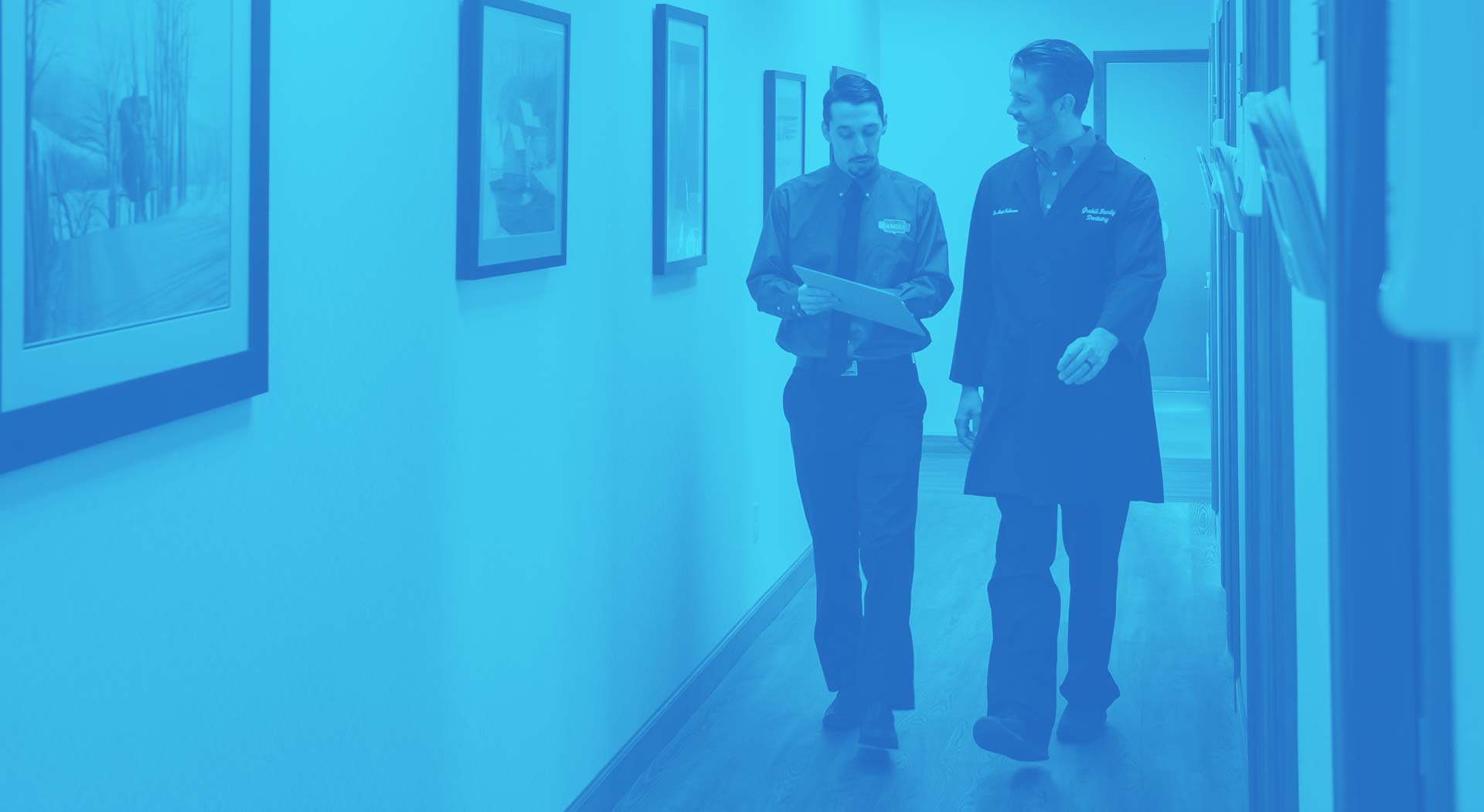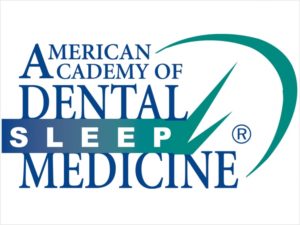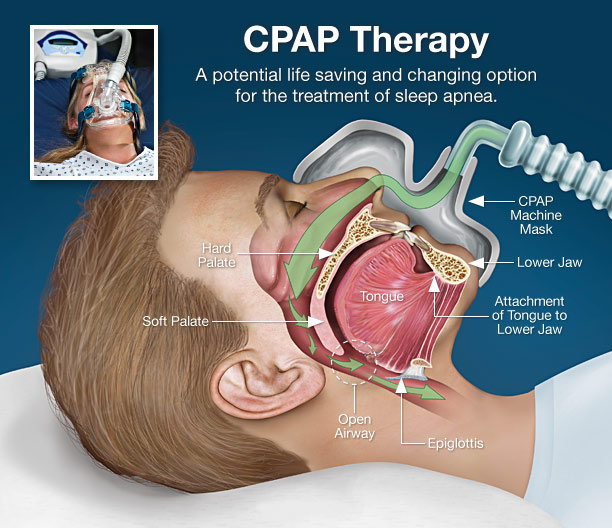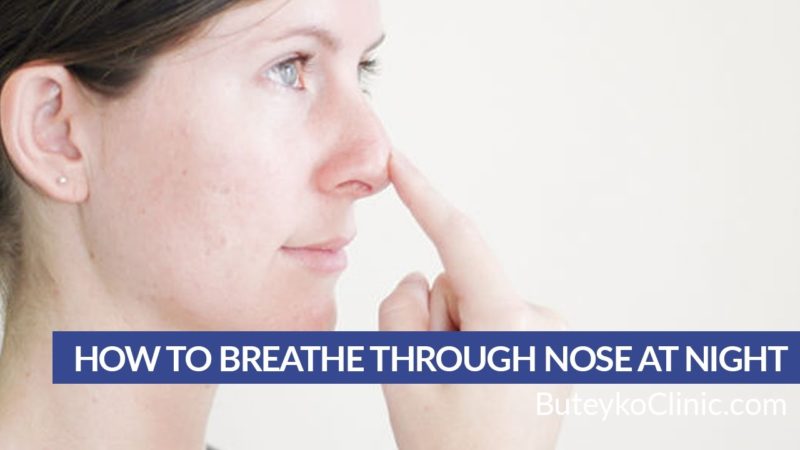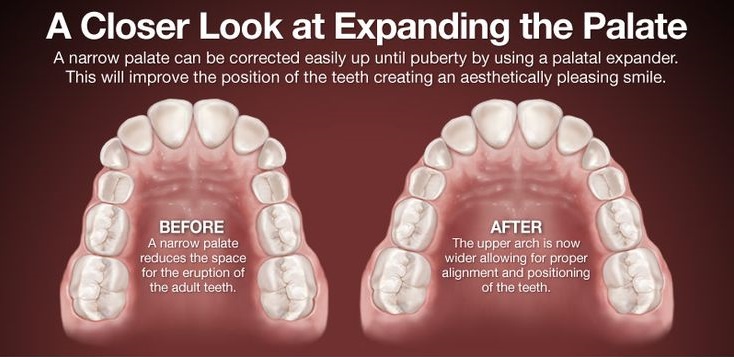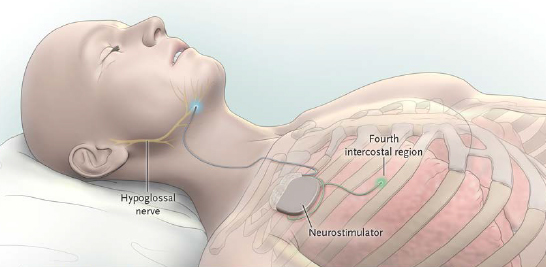Restful sleep is a health issue. It is vital to your overall well being to have a restful night’s sleep. According to the CDC, sleep disorders are now so pervasive that they constitute a public health epidemic. Are you concerned that you or a loved one may suffer from sleep related disorders? Here are 2 things everyone should know but probably are not aware of:
- Snoring is not normal or healthy… in anyone! Snoring alone has been linked to an increased risk of cardiovascular disease. Some studies show snoring is a 90% predictive risk factor for Obstructive Sleep Apnea (OSA).
- Untreated OSA is linked to development of cancer, heart attack, stroke, diabetes, depression, and obesity.


